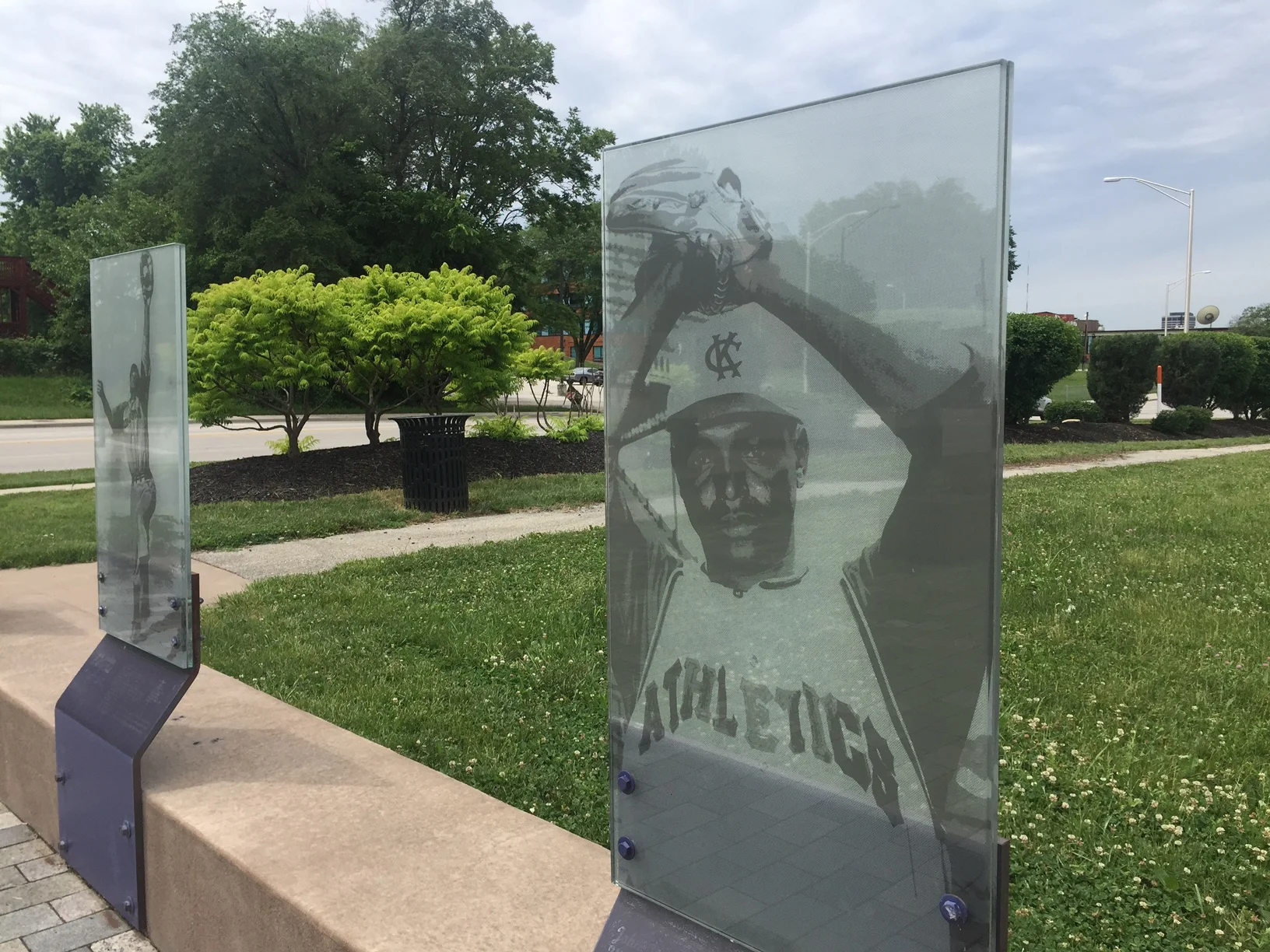It’s April 19, 1966, the night of the A’s opener against the Minnesota Twins.
It’s a miserable night, 54 degrees and windy enough to bite under jackets and coats. A half inch of rain pounded Kansas City just three hours before the first pitch. But that doesn’t stop George Toma, who would go on to be a groundskeeping superstar, from getting the playing field in perfect condition, making Municipal Stadium not just playable but beautiful.
Players, like A’s outfielder Leo Posada, loved it. “That Municipal Stadium was the most beautiful field that I ever played on. And those days, it was the most beautiful field in the big league. And it was gorgeous to play there, have the people so close to you, right in a, a fair play, right in the field so it was excellent. It was excellent.”
The A’s were always an awful baseball team. But Municipal Stadium, well that was special to almost anyone who ever went.
Baseball in Kansas City was being played at 22nd and Brooklyn Avenue long before the A’s arrived in 1955.
The owner of the minor league Kansas City Blues built the single deck park for $400,000 in 1923. It was called Muehlebach Field then after Blues owner George E. Muehlebach who also brewed beer and owned the fanciest hotel in downtown.
While the park was built for the Blues the dominate team who played there was the Negro League Monarchs. Three games of the first Colored World Series, as it was called at the time, were played there in 1924 when the Monarchs beat the Hillsdale Club 5-4.
The ballpark became Ruppert Stadium in 1937, named after Yankee owner Col. Jacob Ruppert who bought the Blues and made them New York’s top minor league team. After Ruppert died, it was renamed Blues Stadium and remained so until the A’s arrived.
It was also around this time that Arnold Johnson bought the ballpark. We met Johnson in our first installment, he was one of the architects of the sleazy backroom hardball the Yankees played to get the A’s out of Philadelphia and to Kansas City and the Johnson-owned stadium at 22nd and Brooklyn was part of the plunder.
“It was no secret that this was an unholy alliance. And the other club owners pointed this out in advance,” says Mitch Nathanson, our Archiver Philadelphia sports expert who is a law professor at Villanova. “It was written about in newspapers that this is not going to be a sale to an independent entity. This is going to be to someone who was essentially a cousin of the Yankees.”
The A’s deal was cooked up by Dan Topping and Del Webb, owners of the Yankees. They knew, Nathanson says, if they finagled the club into the hands of Arnold Johnson, the Yankees would reap benefits on the field and in their bank accounts.
“That's how they got good in the first place. They took a lot of great Boston Red Sox players in the beginning of their dynasties such as Babe Ruth, but also a lot of other players. And through the years they would pick up players from franchises who were struggling who needed cash, and they saw in Kansas City an opportunity to do this again because here's a guy, Arnold Johnson, who really is indebted to them. And so if they can get him in place, they have basically a defacto farm club in Kansas City.”
The city sold bonds to put on an upper deck and pay Del Webb. Working 24 hours a day, it was completed in 90 days, expanding capacity from 17,000 to 30,000.
They bought the old Boston Braves scoreboard for $1000,000 (the Braves left for Milwaukee in 1952) changed the name to Municipal Stadium and hosted its first big league game on April 12th, 1955.
The battery that day for the A’s; Alex Kellner on the mound and Joe Astroth catching. In the stands were the mayors of both Kansas Cities, the aging former A’s owner Connie Mack and former President Harry Truman. Astroth remembers the pregame ceremony.
“When you go to a celebrity thing or opening with new ball park or anything else, they always have some big celebrity to throw out the first ball and so I had no idea that Harry Truman was in the stands. He threw the first ball to me on Saturday night so I got the ball and it is customary to go over to the stands and give the celebrity the ball that they threw out for their souvenir. Well, that’s it. We played the game Saturday and Sunday we were on the field warming up. The FBI guys come down said, “Mr. Truman would like to see ya.” So I go over to the stands, he comes down and gives me the ball and he said, “Young man, I’ll give you this ball and I have autographed it and I put the date on it.” Well, and the funniest thing is a guy in KC who has a big restaurant out there wanted to buy the ball from me for $10,000 and I wouldn’t give it to him so that’s why I still got it.”
The A’s beat Detroit 6-2 in 2:38, an almost unbelievable game length today. Astroth was 0-1 but walked twice. The A’s first home run was hit by centerfielder Bill Wilson in the bottom of the eighth.
The field; damn it was beautiful. I still remember walking to our seats right behind the A’s dugout and thinking the grass was impossibly green. It was in the middle of the city but it was bucolic. There was an intimacy at Municipal Stadium, a closeness to the ballpark that you would never find today.
David Starbuck’s dad was an usher there.
“When the ninth inning approached, the ushers would go down and kneel by the front gate and when the last out was made, the ushers would walk onto the field and they would stand around the warning track and as soon as the players cleared the field, then the fans were allowed to walk out and leave the stadium by walking on the warning track. I had a head start and I would run down in the A’s dugout and there was always an extra copy of the manager’s lineup cards and I would grab those lineup cards off the wall, not really realizing the significance of those so I have very nice collection of manager’s lineup cards for both teams in the early ‘60s. Grabbed a lot of broken baseball bats and a lot of memorabilia that, at the time, no one knew that it was valuable stuff.”
Baseball sounded different back then. Now there is almost no silence at the ball park. You hear walk up music, rally music and video ads in between innings. Municipal Stadium was, well, easier on the ears.
“I remember the silence. I remember people talking, I remember the players on the field talking, the ball being hit,” says Jeff Logan of the Kansas City Baseball Historical Society. “You really felt the game. It's almost like you smelled the bats and the balls and, and everything going on and the people and just the real noise of a baseball game, not noise that is given to us.”
Not that Muncipal Stadium was borning. Not by a long shot.
When Charlie Finley, and he gets his own Archiver episode by the way, bought the team after Arnold Johnson suddenly died in 1960 he made both innovative and goofy changes to the ballpark.
He had a rabbit pop up behind home plate that held baseballs for the umpire. And Finnley clearly had an animal thing. He had Charlie O the Mule. He put sheep beyond the outfield fences so he didn’t have to mow the grass.
Finley even had monkeys. And one night some players went out and gave them speed, says Logan “It made them crazy. They broke out and terrorize the neighborhood for about three weeks. These were big monkeys. They terrorize the inner city for weeks and weeks until finally they all disappeared and no one ever knows what happened to the monkeys.”
But Finnely also helped make rock music history in Kansas City. On September 17th, 1964 he paid $150,000, a fortune at the time, for the Beatles to play just 32 minutes at Municipal Stadium. It cost so much because the concert was unscheduled and the boys needed a ton of cash to give up a day off.
Peggy Matthews was the A’s assistnat PR manager and remembers the hulabaloo around the Beattles gig at 22nd and Brookley Ave.
“They had opened at Madison Square Garden in New York. And Charlie Finley was determined to bring them to Kansas City and he paid a hefty price. He had told Jim Schaaf (the A’s PR director) and I to meet them at the airport, old Municipal Airport, and to get them to the hotel which was the Muelhbach and they had a whole floor there with their security and all that and they were the four little boys from Liverpool with the long hair. Well, Jim and I did not know at this time that Charlie Finley had bought a wig like the Beatles and disguised himself to see if we were actually greeting them the way that we should and he was in the crowd watching as we got them off the airplane into the limousine into the hotel and there stood Charlie Finley in a Beatles wig watching this.”
While the Beatles were great and the sheep, mule and monkeys were quirky, fact is there just weren’t that many great baseball moments with the A’s. And part of that you can blame on the damn Yankees
The Hapless A’s and the New York pipeline. That’s our next edition of Archiver: The A’s in Kansas City.





